Telling sustainability stories with digital venture builder MING Labs: A case study
ow can businesses tell sustainability stories in the most authentic and meaningful way? This is the question digital venture builder MING Labs sought to answer in a project for the Asian Development Bank.
Storytelling is at the heart of many cultures. Since the beginning of time, stories have been used to pass on wisdom, transmit knowledge and impart moral lessons.
Today, storytelling is increasingly used by businesses as a way to engage their audiences on an emotional level and help them stand out amid the streams of content online.
This is something that digital venture builder MING Labs knows all too well. That’s why, when the Asian Development Bank (ADB) – that invests in sustainable development projects in Asia– approached them to transform their hefty reports into a more compelling digital format, they knew exactly how to help them.
We spoke with Sebastian Mueller, cofounder and COO of MING Labs, about the steps his team took to build a digital platform for ADB, the importance of design thinking in their process and why businesses should master the art of storytelling.

The background: Telling sustainability stories through a digital medium
In early 2019, ADB approached MING Labs with a problem. The organization was funding great projects across Asia – from the building of new metro lines and the development of greener fuel sources to the upgrading of technology in schools – but the impact of the initiatives wasn’t effectively reaching their audience of government officials, impact entrepreneurs and investors, and eco-conscious consumers.
Typically, ADB summarized their initiatives in dense, academic reports. They soon realized, however, that this wasn’t the best way to communicate their message in the digital age, where consumers are often drawn to short, sweet and easily digestible content.
So, ADB partnered up with MING Labs to help ditch their old-school way of publishing knowledge in favor of a fresh, new format. The result was Tech For Impact, a digital platform designed to help users read about ADB’s sustainability initiatives in specific locations across Asia.
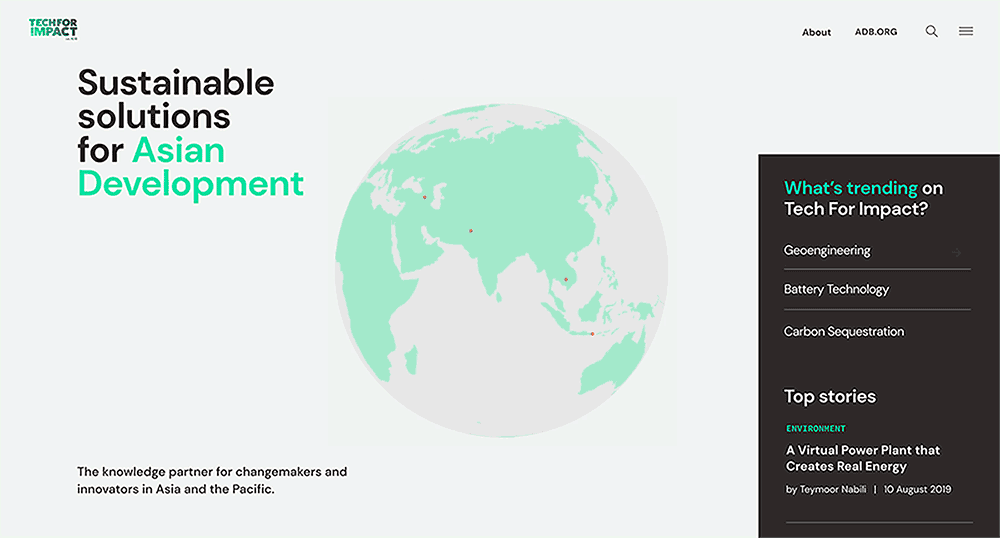
Tech For Impact platform
MING Labs started out with a simple brief: promote ADB’s sustainable development initiatives in a way that is accessible to their audience. They discovered that the best way to do this was by telling the stories behind each project; introducing the people working on each initiative and the communities benefiting from them.
“Stories are innately human; they’re how we communicate with each other,” says Sebastian. “They also engage people on an emotional level and are easily shared and retold, which is why they’re a great tool to help businesses reach their audience.”
As designers, MING Labs entered into the project with the mindset of an explorer. They considered how all the tools in their digital design toolbox – such as research, user testing and user experience – could be applied to creating a product that would further the business objectives of ADB and reflect the needs of its audience.
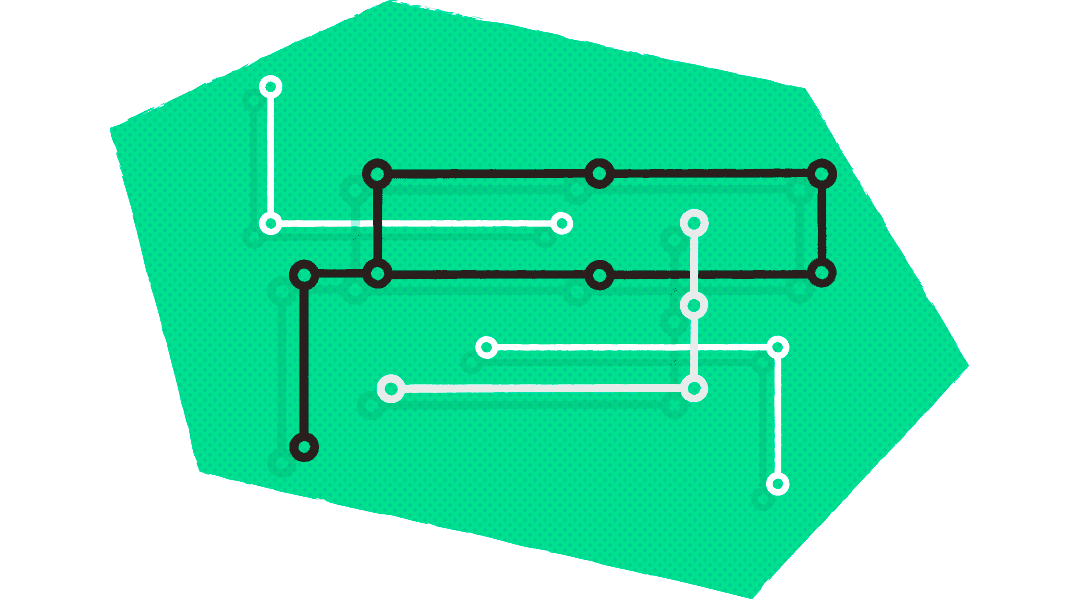
The process: Prototyping, testing and building
MING Labs kicked off the project with a four-week discovery phase. They conducted workshops with ADB to outline the aims for the project, the people they wanted to reach, and the initiatives they wanted to showcase.
They then created a prototype of the Tech For Impact platform. Design and content were key considerations: The platform needed to be easy to use to help people find stories that were relevant to them as quickly as possible. It also needed to contain a variety of different storytelling formats – from feature articles and news reports to videos and podcasts.
“This is because people have different sensory preferences: Some people engage better visually, others acoustically,” says Sebastian. “Having different mediums means you can reach a wide range of people.”
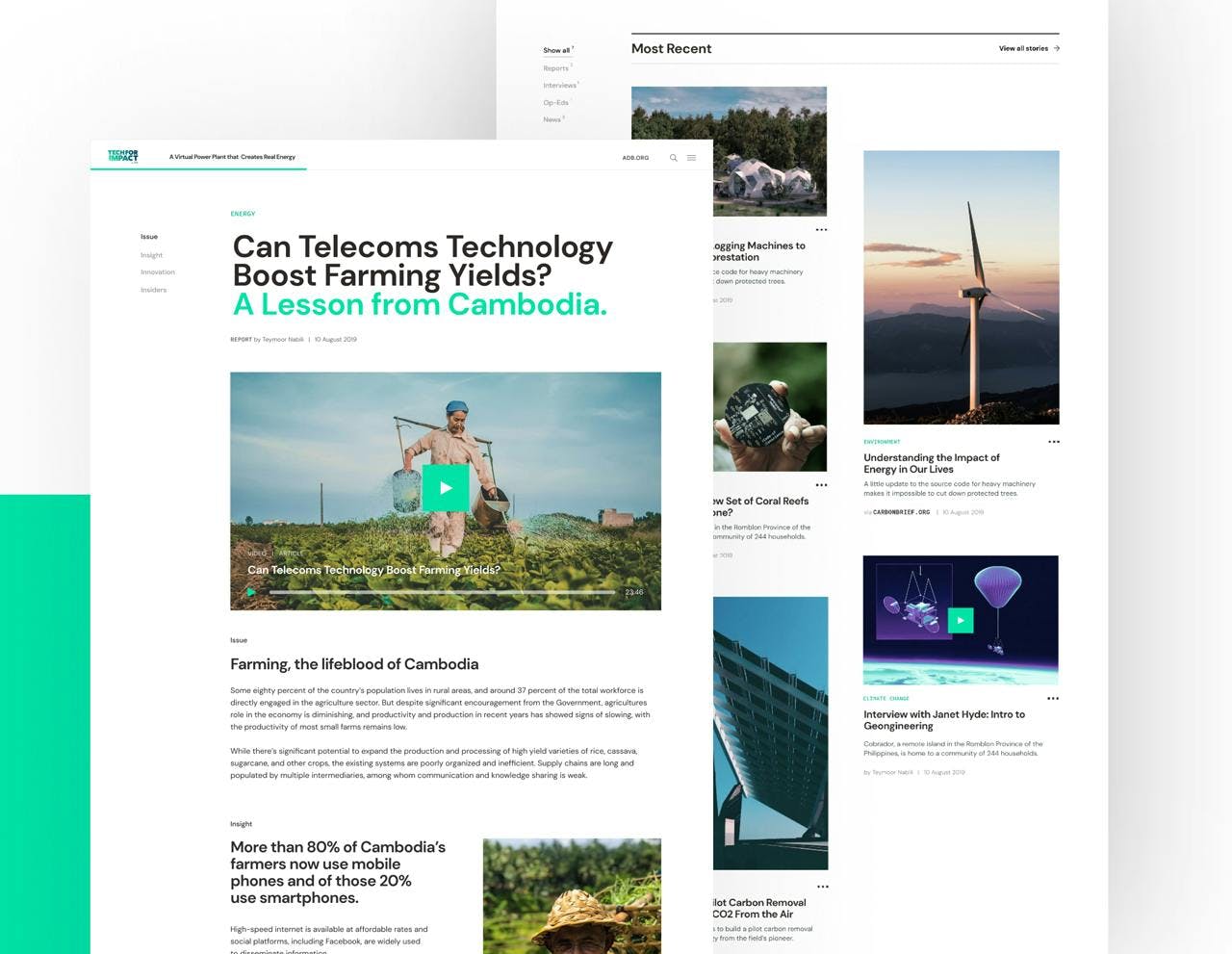
Tech For Impact platform
After that, it was time to test the product. MING Labs showed the prototype to a handful of ADB’s audience members – including government officials, impact entrepreneurs and investors, and consumers – across different countries in Asia and listened to their feedback. This helped them to gauge their audience’s digital habits and accessibility requirements.
Some of the results were surprising. For example, contrary to their expectations, the team learned that most of ADB’s target audience were using desktop browsers, rather than mobiles, to view the website, which would have significant design implications for the platform.
“This is something that we had to learn through conversations,” says Sebastian. “That’s why we have this ideation phase: It allows us to test our hypotheses so that we don’t build something that will eventually fail.”
According to Sebastian, the key to good design is understanding that it’s not always about what a product looks like; it’s about how an audience can use and engage with it. This is where the principles of design thinking, such as interviewing users and testing and iterating a product, really come into play. “They help us to shape things with the human in mind.”
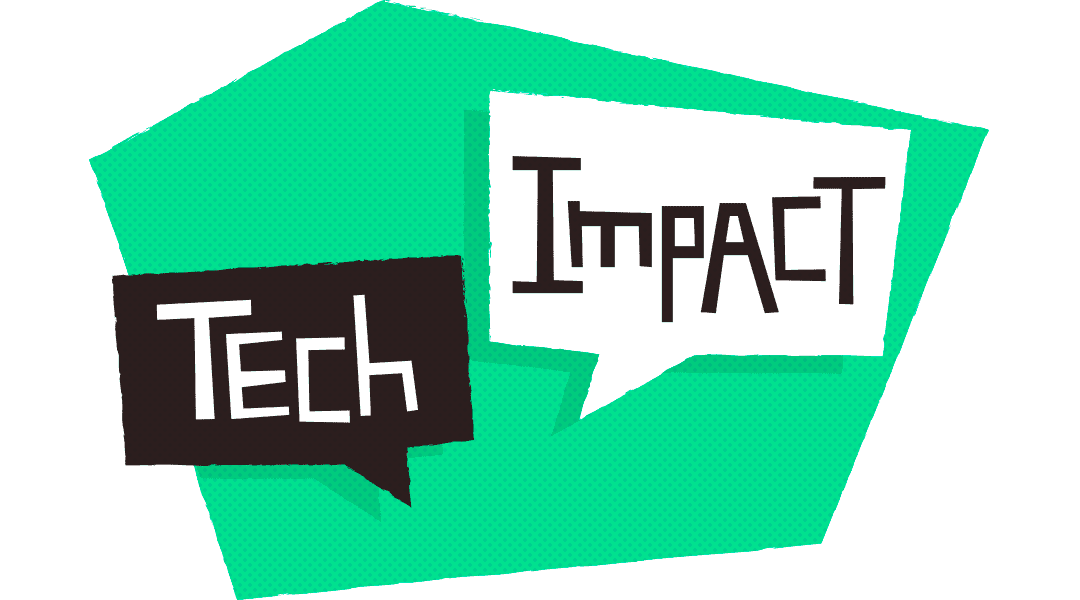
The challenge: Creating culturally relevant and compelling content
When it came to curating stories in both written and visual formats for the Tech For Impact platform, MING Labs had the following challenge: Asia is a large continent with a vast array of people, cultures and languages. How, then, should they curate content relevant to all members of this diverse audience?
“One key consideration we had was language. At the moment, the platform is only in English, which means that in the next iteration of the project we will need to think about how we translate the content – for example, by using subtitles,” explains Sebastian.
Catering to ADB’s far-reaching audience has also had implications for the design of the platform. The idea has always been to keep things as simple as possible, using tried and tested methods.
“We decided to present the information on the platform in a similar way to how news portals do,” says Sebastian. “These publications have already come up with a template for how to reach an international audience, so why not use it?”
MING Labs’ no-frills approach is also an attempt to “not let design get in the way,” according to Sebastian. ADB already has great content: thousands of stories about how sustainable development projects are benefiting communities in Asia. The last thing that design should do is “distract or confuse people.”

The important takeaway: Keep the audience front and center
When starting out on the road to digital transformation, ADB’s overarching goal was to become a more human and approachable organization.
So far, the results of the platform have been positive: Sebastian says that the platform has already engaged with and sparked the curiosity of many people across Asia, which he thinks is down to MING Labs’ human-centered approach to design.
“Design thinking brings so much to the table. Above all, it helps us build empathy with the user and deliver messages in a way that they would understand and relate to.”
Ultimately, the important thing is to know what you’re trying to communicate and to whom
For businesses seeking to tell stories about their own sustainability initiatives, Sebastian has some words of advice. First and foremost, it’s important to “see everything from the point of view of the user.” Your audience will have certain needs, pain points and curiosities – and, unless you meet those needs on a content and design level, it will be impossible to cut through the noise.
“Ultimately, the important thing is to know what you’re trying to communicate and to whom,” says Sebastian. “Ask yourself, ‘what are my objectives? Am I trying to influence the public’s opinion about my business? Am I trying to communicate with my customers or regulators? Am I trying to inspire people to take action?’ Then, consider what your audience would like to know and tailor your message.”
Experimenting with different formats is also necessary for businesses to stay relevant in today’s ever-changing media landscape. Sebastian says companies should consider having a mix of bite-size articles that grab a reader’s attention, long reads they can dive deeply into and videos that give viewers a visual guide to a particular topic.
Another thing that MING Labs finds crucial for effective storytelling is authenticity.
Sustainability and impact are hot topics right now, but companies shouldn’t just use them as marketing stunts. Sebastian says, “Stories should be honest, meaningful and worth telling; otherwise, people will see right through them.”

Thoughts for the future: Scale content, grow impact
This is just the beginning of Tech For Impact. The plan is to scale content production to showcase more stories about sustainable development in Asia and increase the number of people joining the conversation worldwide.
MING Labs also hope to grow the platform into a community hub where changemakers across the world can exchange knowledge and ideas about their sustainability projects. This, Sebastian hopes, will inspire people to take action.
“In the next iteration of the platform, we want to give stakeholders in their respective countries tools to meet each other offline – perhaps through curated events that people can find out about via the platform – to help inspire collaboration and accelerate impact.”
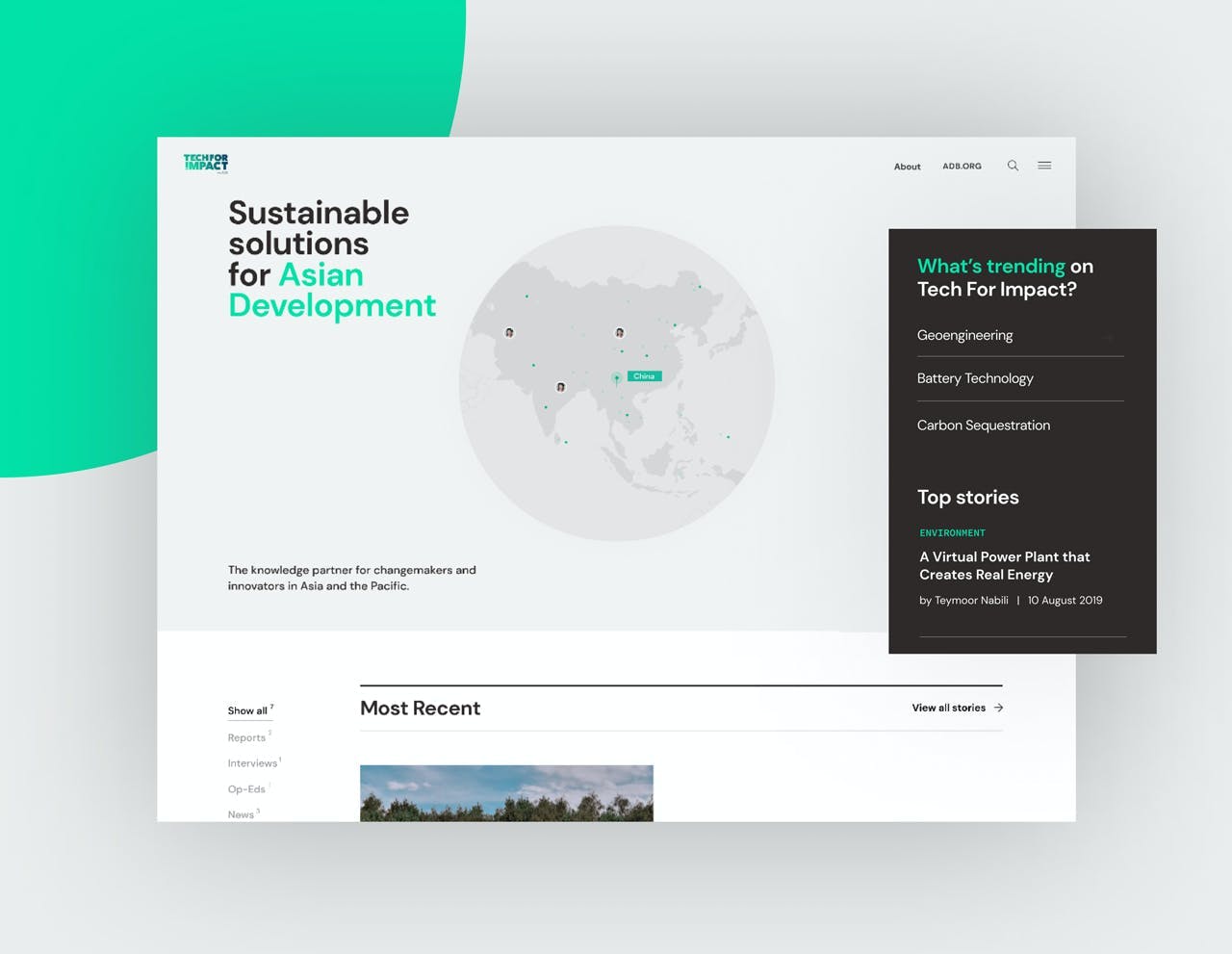
Tech For Impact platform


